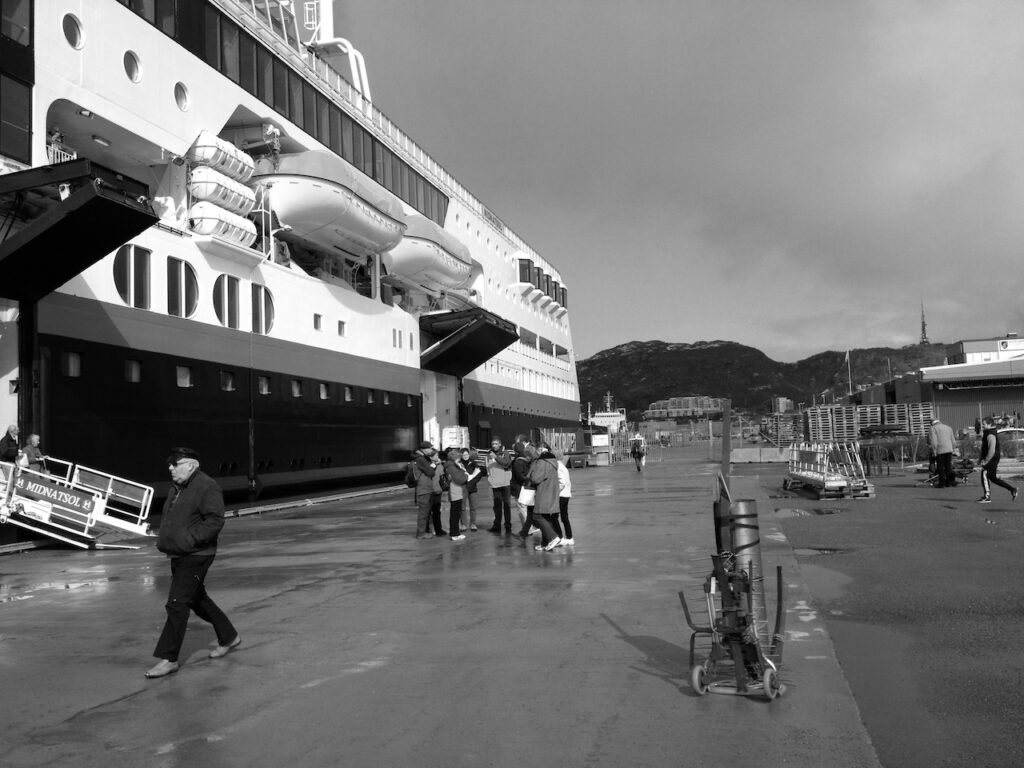
Chrononaut is Jan Heinke.

Born in 1968, i started singing in the opera choir of Dresden, still former Eastern Germany, at the age of 8. About 17 years later, the wall was not long down, i studied Jazz-saxophone. For me, the preferred method for opening up music, instruments and people was and is improvisation: exploratory, communicative and connecting.
In love with the rapidly growing diversity of traditions, merging cultures and technology it feels impossible to keep just one perspective. To become familiar with them all, however, proved illusory, i’ll always speak with an accent. So i’m trying to form sonic experiences that incorporate the current scope and the intensity of changes and influences.
This includes composing and performance, constructing sound sculptures, instruments and installations as well as exploring the human voice’s potential (like polyphonic overtone singing, extended and extreme vocals), the research of physics and perception of sound, and climbing down to the mathematical basement of music.
Playing saxophone in Funk and (Free) Jazz groups was not the worst thing to start from. But rather than by the western view on being a skilled, virtuoso musician, i found myself attracted to slowness and the idea of simplexity: think of a magnifying glass for music.
Most influential in the beginning was a brief encounter with American sculptor Bob Ruthman and his way to create sound with bows and metal. Around the same time, 1992, i met Art blacksmith Peter Pechman who has been a friend and teacher ever since. Now sound itself, the evolving spectrum, is my favorite material to work with. And sonic archeology became my vehicle for journeys back and forth in time as Chrononaut.
The longer i travel with my lazy instrument, Stahlcello, the more wishes realise, in touch with musicians and ensembles of various origins, from early music and ethnic traditions, pop and jazz to classical or contemporary frameworks. Together with the STAHLQUARTETT, my main project, we’re playing throughout the western music history – in slow motion.
And yes, i really like to involve or to play along with birds, ship horns, intersections, choirs, scrap yards, trees, trains, orchestras, building sites, water and wind, robots, organs, power stations, temple bells, military parades, bees, cities, mines, brain waves, glaciers, space probes …

What drives me?
Living in so fast-moving times allows for observations never before possible. A vast darkness in our cosmological outlook, the doom of spacetime, incomprehensible oddities that come with quantum physics, the mismatch of the central puzzle pieces, event horizons wherever we look, chaotic uncertainty, these counterintuitively many dimensions, Gödel’s logical limit, Penrose’s non-computability, the hard problem of consciousness, and some other equally incorrigible troublemakers such as our narrowed mental and sensory capacity or the opaque load of all knowledge ever gained meet up with superstition, bias, cognitive dissonance, lowest common denominator and other collective behaviour patterns, strategic ignorance, managed opinions or just daily convenience…
Simplified to death:
Supposedly eternal, Good, Thruth and Beauty are fleeting and the smarter we get, the smarter we fool ourselves. Perhaps we’ve reached a point where the fundamental incompleteness of our assumptions and beliefs itself could turn into the next fascinating source of insight. – How?
How should i know!
How to fulfill or escape this vicious circle in which innocence becomes curiosity, then comprehension, later competence and comfort, finally ignorance (…and hopefully from the beginning again…) ?
Hmmm, now an apple….
Dieter Beckert, the great german brachial romantic, coined it (to betray a secret):
I know that i know nothing, … but i’m playing dumb.